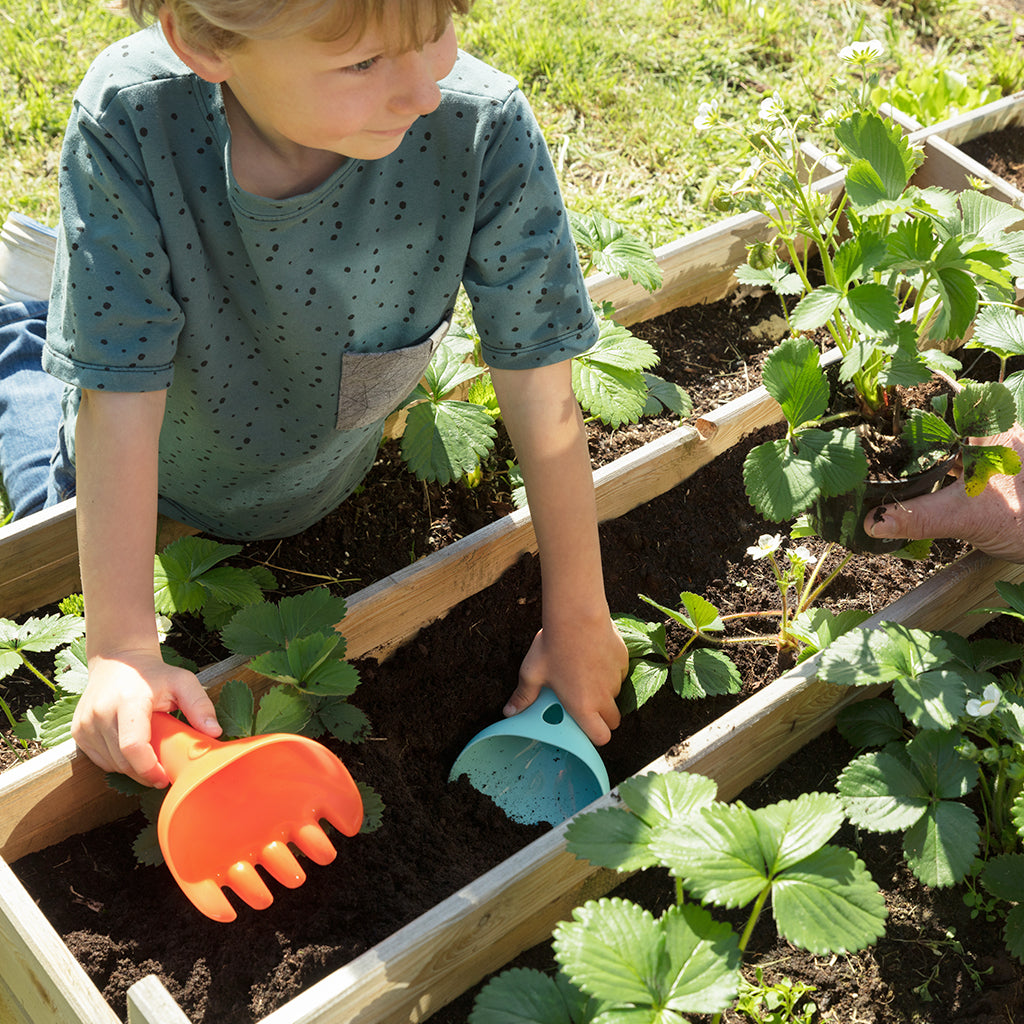
Want Eco-Friendly Toys? The Packaging Matters Too
More toy makers are working towards reducing their carbon footprint to foster a greener future for future generations. In addition, sustainability has grown beyond a blinkered focus on the materials used on the production line, but also with regard to the packaging. And why not? Product packaging is often readily discarded; ensuring their eco-friendliness can make quite a difference!
Through this, manufacturers are deepening their resolve to provide meaningful experiences to children while also contributing to a more sustainable future through their packaging process.

The Concept of Sustainable Toys
Toys are mass-produced and usually made of plastic and finished with other materials to complete the final assembly. And since toys are an integral part of childhood, the onus is on the manufacturer to produce more toys to meet this ever-growing demand.
Business may be booming, but the disposable and single-ended nature of most toys means that an increasing number of examples are destined for landfill sites, which contributes to environmental pollution. Considering how most toys are made of plastic, disposed toys can have a frighteningly tangible impact on plastic waste.
Conversely, sustainable toys arrive crafted from eco-friendlier materials like wood, recycled plastics, cotton, bamboo, and non-toxic materials. These are either biodegradable, recyclable or reusable, making these toys safer for both children and the environment. By their sustainable nature, eco-friendly toys are also designed with longer lifespans in mind. This reduces the need for constant replacement or disposal.
Eco-friendly toys also feature recycled and recyclable packaging, promoting a circular economy that reduces carbon footprint and benefits that environment. In addition, sustainable toys encourage creativity and critical thinking, fostering problem-solving and cognitive development, addressing the concept of sustainability in a different but equally appreciable fashion.

The Trend of Environmental Sustainability in Toy Manufacturing
Many toy companies have been working consistently for more than 20 years to reduce the environmental impact of their products by strengthening their social responsibility and commitment to protecting nature.
Stronger advances have also been made in the direction of using recyclable and renewable sources in toy production, while at the same time maintaining product safety and quality that match customers’ needs.
As part of this commitment, The Toy Association (a global business trade association) also provides a smart packaging initiative tool for their members to better assess the effects of their packaging designs and give them environmentally friendly options.
While it is important to minimise waste, sustainable packaging does not forgo its primary purpose, which is to ensure that the toy remains secured and not lost or broken while on display or in transit. Innovative packaging can help to reduce environmental waste while protecting its contents from damage.

Factors Influencing the Future of Sustainable Toys and Packaging
Several factors can shape the future of sustainable toys including:
- Consumer demand – as individuals become more aware of environmental issues, the need for eco-friendly toys will increase.
- Industry innovation – the preference for eco-sustainable packaging drives the development of new packaging methods and green technology.
- Awareness – informed parents and children can drive the demand, support, and supply of sustainable toys.
- Government policies and regulations – firm government policies can significantly impact the production and cost of eco-friendly toys.
- Working with environmental organisations – collaborations will impact the future of sustainable toys through sharing of knowledge, joint initiatives and overall appreciation.

How Consumers Are Embracing a Wider World View on Sustainability
With the rising concern for environmental issues, consumers are always looking for ways to improve their sustainability habits. Their demands for more sustainable toys and eco-friendly products are reshaping the toy industry, allowing toy companies to innovate without sacrificing the novelty that accompanies fun toys.
While choosing sustainable materials for production is the biggest step taken to lessen the environmental footprint, packaging matters too. In the years to come, one can expect for toy companies and consumers to be more focused on taking a more holistic approach to making environmentally conscious choices.
